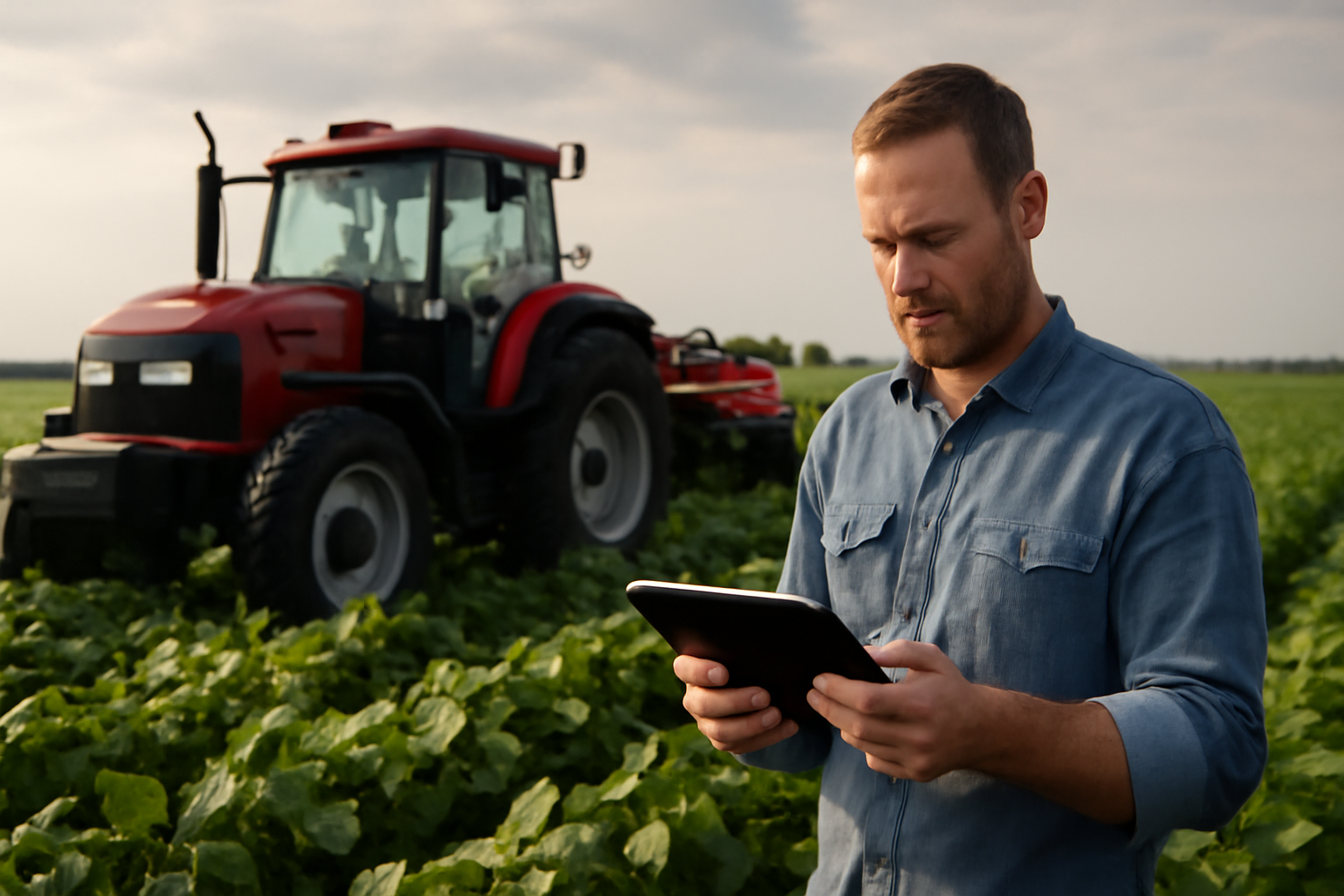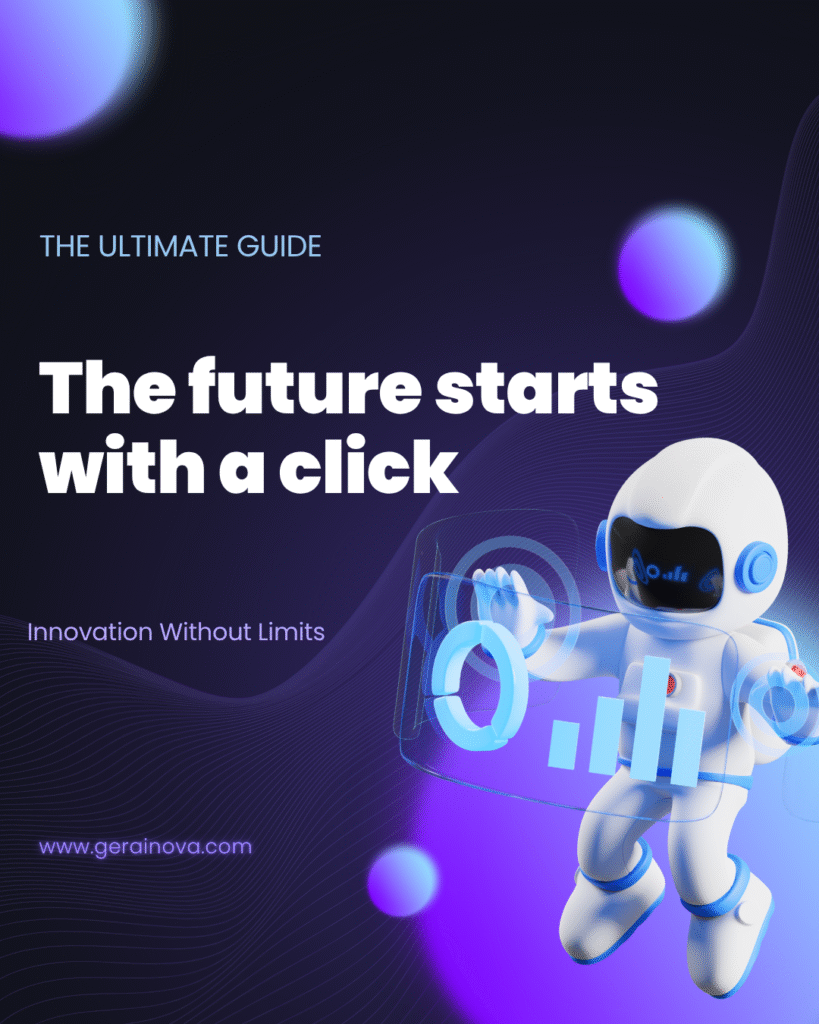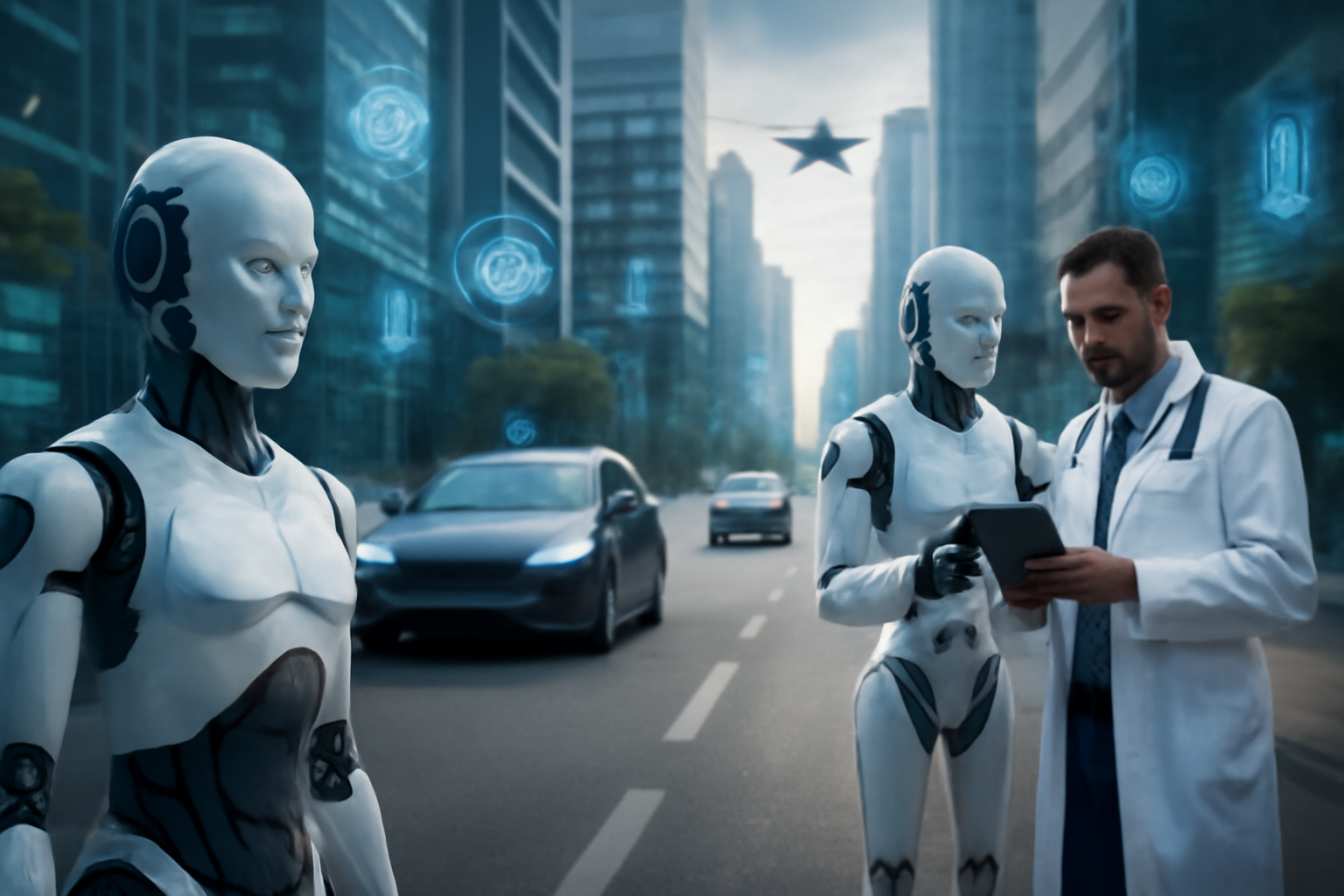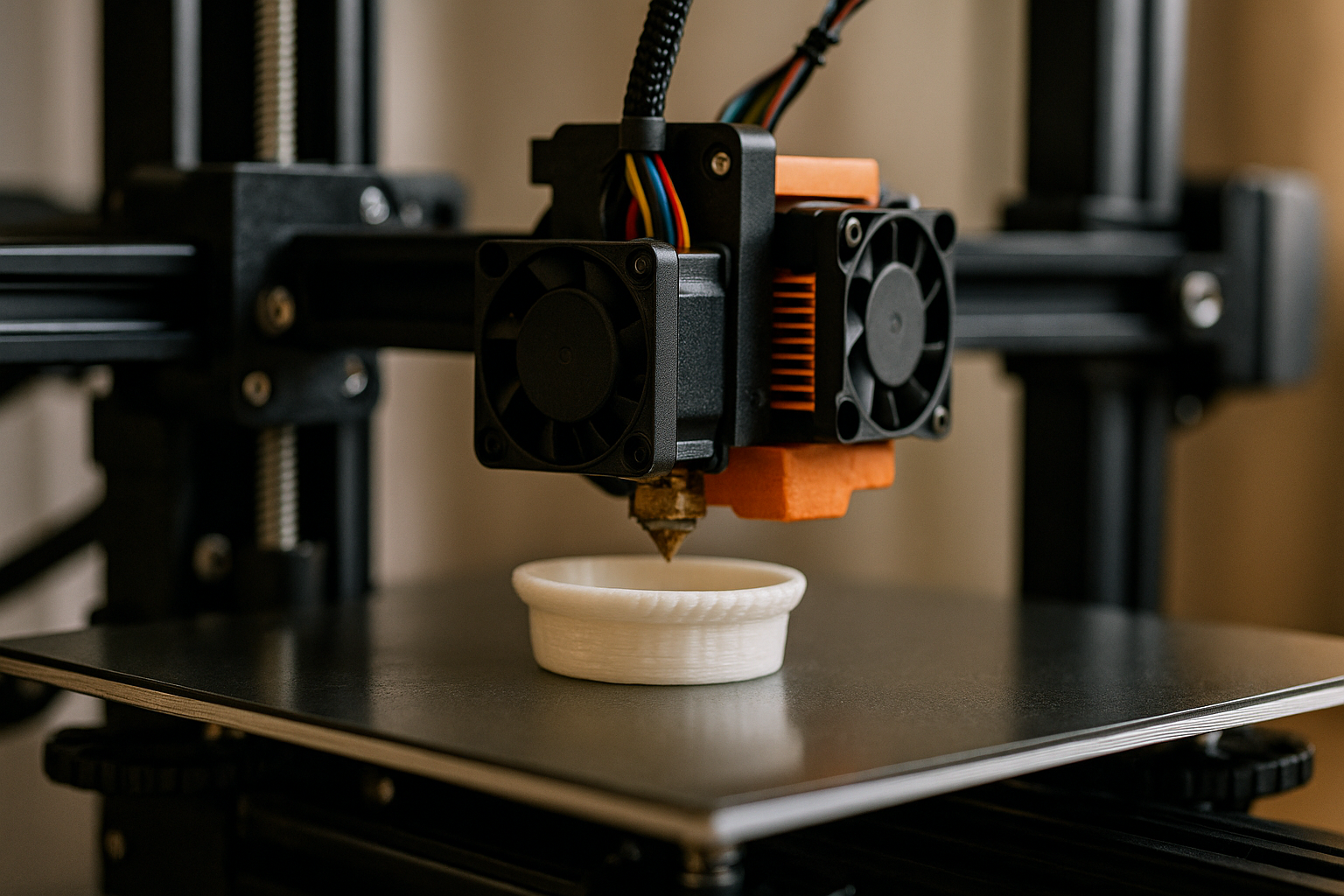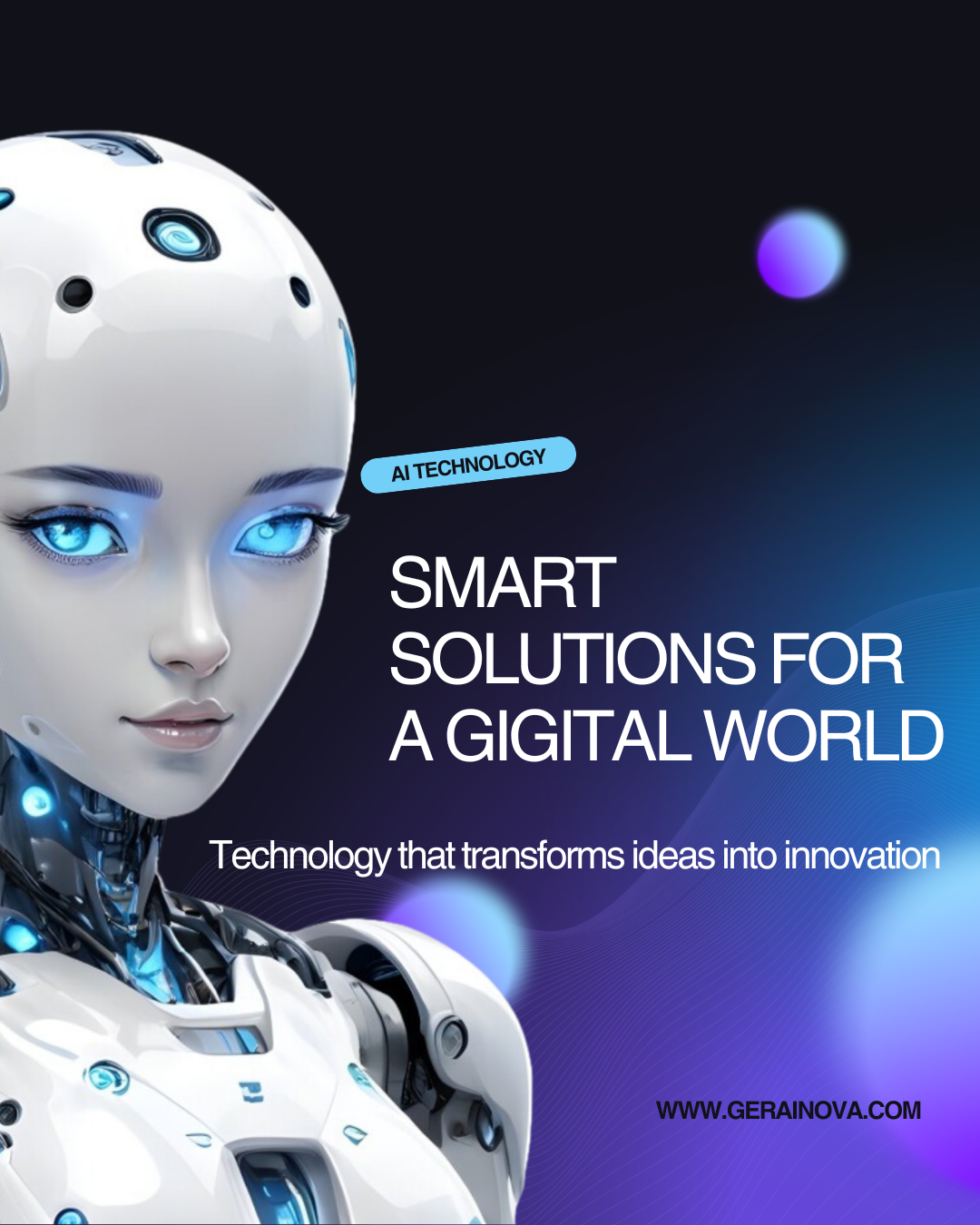Agriculture, one of the oldest industries in the world, is undergoing a profound transformation. No longer reliant solely on traditional farming methods, modern agriculture is embracing a variety of cutting-edge technologies that are helping farmers increase productivity, reduce environmental impact, and enhance sustainability. The adoption of technology in agriculture is not just improving crop yields; it’s fundamentally changing how food is grown, harvested, and distributed across the globe.
In this article, we will explore how technology is being used in modern agriculture, from precision farming and drones to artificial intelligence (AI) and data analytics. We will look at how these innovations are reshaping the farming landscape and discuss the benefits, challenges, and future potential of tech-driven agriculture.
1. The Rise of Precision Agriculture
1.1 What is Precision Agriculture?
Precision agriculture is a farming management concept that uses technology to monitor and optimize the conditions in which crops grow. By using sensors, GPS systems, and data analytics, precision agriculture enables farmers to make more informed decisions about planting, irrigating, fertilizing, and harvesting crops. This approach allows farmers to increase efficiency, reduce waste, and optimize resource usage, resulting in higher yields and lower costs.
Precision agriculture is not limited to large farms; it can be applied to small-scale operations as well, making it a versatile tool for farmers across different scales of production.
1.2 GPS and Geospatial Data
One of the key components of precision agriculture is the use of GPS (Global Positioning System) technology. GPS-enabled devices help farmers accurately map their fields, which allows them to monitor and manage crops with a level of detail that was previously impossible.
Farmers can track their equipment, monitor the health of specific areas of a field, and even optimize the layout of their farms for maximum efficiency. For example, using GPS, farmers can plan irrigation schedules that provide just the right amount of water to each section of their crops, reducing water waste and ensuring that plants receive the optimal conditions for growth.
1.3 Drones in Agriculture
Another breakthrough technology that is revolutionizing precision agriculture is the use of drones. Drones are increasingly being used to monitor crops from above, providing farmers with detailed aerial images and real-time data about the health of their fields. These drones can capture images in various wavelengths, such as infrared, which allows farmers to detect issues like pest infestations, nutrient deficiencies, or water stress before they become visible to the naked eye.
Drones also allow for targeted application of fertilizers, pesticides, and herbicides, which minimizes chemical use and ensures that these inputs are only applied where needed. This results in both cost savings for farmers and a reduction in environmental pollution.
2. The Role of Artificial Intelligence and Machine Learning
2.1 AI in Crop Management
Artificial Intelligence (AI) and Machine Learning (ML) are becoming increasingly integrated into agriculture. These technologies allow for predictive analytics that can forecast everything from crop yields to market prices. AI can analyze vast amounts of data from sensors, satellites, and drones to provide farmers with actionable insights that help optimize decision-making.
For example, AI can be used to predict the best time to plant crops based on environmental factors such as temperature, humidity, and soil health. It can also help farmers decide when to harvest their crops for maximum profitability by analyzing trends in weather patterns, market demand, and crop conditions.
2.2 Automating Farm Operations
AI is also being used to automate various farm operations, reducing the need for manual labor and improving efficiency. Autonomous tractors, harvesters, and other farming equipment are becoming more common, using AI to perform tasks such as planting, tilling, and harvesting with little to no human intervention.
These machines are equipped with sensors and cameras that help them navigate fields, identify crops, and perform specific tasks with incredible precision. For instance, autonomous harvesters can pick crops at the perfect ripeness, reducing the chances of damage and spoilage.
3. The Impact of Big Data in Agriculture
3.1 Collecting and Analyzing Data
The use of big data is another way that technology is transforming agriculture. By collecting vast amounts of data from a variety of sources, including satellites, sensors, and weather stations, farmers can gain insights into everything from soil moisture levels to crop growth rates. This data is then analyzed using advanced analytics to help make better decisions.
Big data enables farmers to move away from one-size-fits-all approaches to farming and adopt a more tailored approach that takes into account the unique needs of each field or crop. By using data-driven strategies, farmers can minimize waste, reduce environmental impact, and increase productivity.
3.2 Weather Forecasting and Climate Modeling
Weather patterns and climate change are two of the biggest challenges facing farmers today. Advanced weather forecasting models and climate simulations powered by big data are helping farmers plan for adverse conditions and optimize crop management strategies.
For example, AI-driven weather models can predict rain, frost, or drought conditions, giving farmers the information they need to prepare their fields. By integrating climate data into decision-making, farmers can protect their crops from extreme weather events and adjust their planting schedules to take advantage of optimal growing conditions.
4. Biotechnology: Enhancing Crops for a Changing World
4.1 Genetically Modified Organisms (GMOs)
Biotechnology plays a critical role in modern agriculture, particularly in the development of genetically modified organisms (GMOs). GMOs are crops that have been altered at the genetic level to exhibit desirable traits, such as resistance to pests, improved nutritional content, or increased tolerance to drought.
In recent years, GMOs have helped farmers increase crop yields and reduce their reliance on chemical pesticides. For example, Bt corn, a genetically modified variety, is resistant to certain insects, reducing the need for harmful insecticides. Similarly, Golden Rice, which is fortified with vitamin A, is being developed to combat malnutrition in developing countries.
4.2 CRISPR and Gene Editing
The advent of gene-editing technologies like CRISPR has the potential to revolutionize agriculture further. CRISPR allows scientists to make precise changes to a plant’s DNA, enabling the development of crops with enhanced resistance to diseases, pests, and environmental stressors. These technologies could lead to more resilient crops and help address challenges such as food security and climate change.
Unlike traditional GMOs, which involve inserting genes from other organisms, CRISPR allows for more targeted and precise modifications, making the process faster and more cost-effective.
5. Sustainable Farming Practices and Environmental Impact
5.1 Reducing Water Usage with Smart Irrigation Systems
Water scarcity is a growing concern, especially in regions that rely on irrigation for crop production. Modern technology is helping farmers conserve water by implementing smart irrigation systems. These systems use sensors and weather data to determine when and how much water crops need, ensuring that water is used efficiently.
For example, drip irrigation systems, which deliver water directly to the roots of plants, have been widely adopted as an efficient way to conserve water. Smart irrigation systems take it a step further by using real-time data to optimize water usage, reducing waste and helping farmers adapt to changing weather patterns.
5.2 Reducing Carbon Footprint with Sustainable Practices
Sustainability is becoming a top priority in agriculture. Technology is helping farmers reduce their carbon footprint through more efficient farming practices. Electric-powered farm equipment is reducing reliance on fossil fuels, while renewable energy sources, such as solar and wind power, are being integrated into farms to power irrigation systems and other equipment.
Additionally, technologies like cover cropping and no-till farming are being used to improve soil health and sequester carbon, contributing to efforts to mitigate climate change.
6. The Future of Agriculture: What’s Next?
6.1 Autonomous and AI-Driven Farms
Looking toward the future, autonomous farms powered by AI and robotics may become more common. These farms will be fully automated, with AI-controlled equipment that handles everything from planting and irrigation to harvesting and packaging. Drones and robots could perform tasks traditionally done by humans, making farming more efficient, precise, and scalable.
6.2 Vertical Farming and Urban Agriculture
As the world’s population continues to grow, vertical farming and urban agriculture may play a key role in feeding the planet. These farming methods use innovative techniques to grow crops in vertically stacked layers or inside buildings, often using hydroponics or aeroponics instead of traditional soil. This approach is more space-efficient and can be integrated into urban environments, reducing the need for long transportation distances and helping to address food insecurity in cities.
Conclusion
Technology has already transformed modern agriculture, allowing farmers to optimize crop production, reduce environmental impact, and ensure food security for a growing global population. From precision farming and AI-driven analysis to biotechnology and sustainable practices, innovations in agriculture are making farming smarter, more efficient, and more environmentally friendly.
As technology continues to evolve, the possibilities for improving farming practices are limitless. The future of agriculture will likely be shaped by further advances in AI, biotechnology, and sustainable practices, ensuring that the world’s farms can meet the challenges of the 21st century and beyond.

